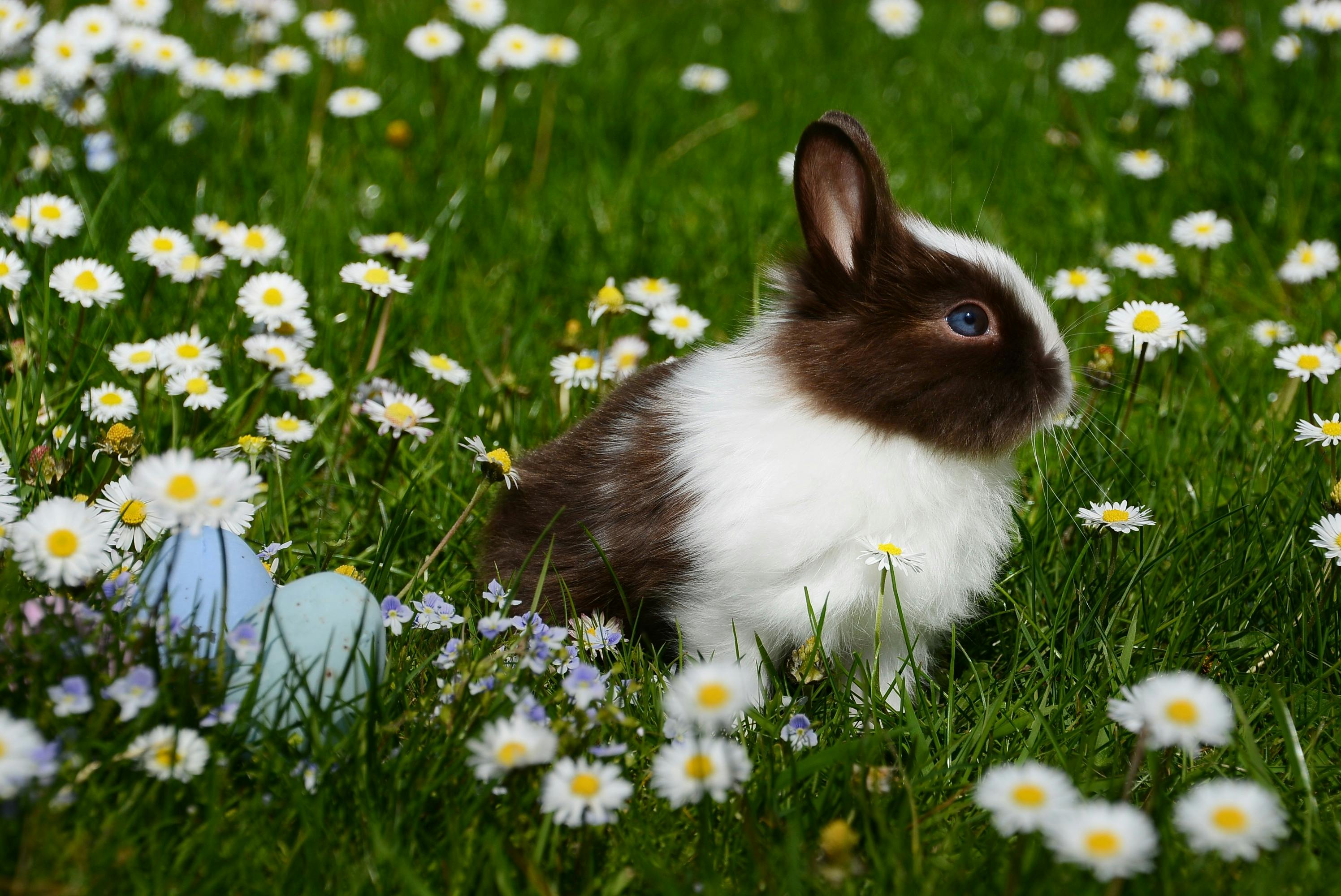Apply Now
Understanding Axolotls and Their Predators
Axolotls, known for their remarkable regenerative abilities and unique appearance, are fascinating creatures that thrive in freshwater habitats. However, like many other aquatic species, they face various threats in their natural environments, particularly from predators. Understanding who the main predators of axolotls are is crucial for their conservation and survival. This article delves into the top five predators that eat axolotls, the ecological threats they face, and how these interactions affect their populations.
As we explore the predators of axolotls, we will uncover the dynamics of the axolotl's food web, the ecological balance in their habitats, and the implications of these predator-prey relationships. Moreover, we provide insights into how habitat protection and community initiatives play a role in safeguarding these unique amphibians against potential threats.
Top Predators of Axolotls in Natural Environments
1. Fish Species That Are Axolotl Predators
Several fish species are known to prey on axolotls, particularly in their native lakes, such as Lake Xochimilco in Mexico. Fish like the tilapia and carp pose significant threats due to their size and hunting techniques. These fish, attracted to the axolotls' presence, often hunt juvenile axolotls, which are particularly vulnerable.
Fish predation directly impacts axolotl survival. As these fish populations increase, they can substantially diminish axolotl populations by consuming their young. This makes understanding fish behaviors and populations essential when considering conservation efforts for axolotls.
2. Birds That Hunt Axolotls
Birds represent another category of axolotl predators. Various bird species, including herons and hawks, have been observed to include axolotls in their diet. When hunting, these birds can spot axolotls from above the water's surface, swooping down to catch them with their sharp beaks.
The presence of bird predators in an axolotl's habitat can lead to significant fluctuations in their population. Natural selection plays a role here, where only the most agile and cautious axolotls survive. Monitoring bird populations is vital in assessing the balance within axolotl habitats and understanding conservation needs.
3. Aquatic Insects Preying on Juvenile Axolotls
Apart from vertebrates, various aquatic insects also pose a threat to axolotl populations. Larvae from large dragonflies and other predatory insects have been known to prey on juvenile axolotls. Their hunting strategy can severely diminish the number of young axolotls, affecting the overall population dynamics.
Recognizing the role of these insects in the ecosystem helps elucidate the ecological interactions that axolotls face. Preserving healthy aquatic ecosystems with diverse insect populations can contribute to a balanced food chain, necessary for maintaining axolotl populations.
The Impact of Invasive Species on Axolotls
Building on the understanding of natural predators, it's crucial to consider the impacts of invasive species on axolotl populations. Invasive fish and plants can disrupt the delicate balance within axolotl ecosystems, either by outcompeting local species for resources or directly preying on axolotls.
Invasive Fish Species
Invasive fish, often introduced into water bodies for sports or ornamental purposes, pose a severe threat to native axolotl populations. Their presence can lead to intensified competition for food resources and increased predation rates. The encroachment of these species can significantly alter the aquatic environment, making it less hospitable for axolotls.
Efforts to regulate invasive species and restore natural ecosystems are critical in efforts to promote axolotl survival. Habitat restoration initiatives focused on eliminating invasive species can help revitalize native populations and support axolotl conservation.
Impact of Urban Development on Axolotls
Urban development poses a growing threat to axolotl habitats. As cities expand, wetlands and water bodies are often compromised, leading to habitat destruction and pollution. This not only reduces suitable habitats for axolotls but also increases their vulnerability to predators.
Awareness campaigns emphasizing the importance of preserving axolotl habitats and wetlands are necessary to mitigate these urban threats. Community involvement in conservation initiatives can lead to effective habitat protection and improved axolotl survival chances.
Strategies for Protecting Axolotls from Predators
With a thorough understanding of the risks axolotls face, it’s crucial to focus on practical strategies for their protection. These measures can help mitigate predator impacts and promote a healthy axolotl population.
Habitat Restoration and Protection
Investing in habitat restoration is a vital strategy in preventing axolotl predation. Natural habitats need protection from pollution and invasive species, ensuring a balanced ecosystem that can support sustainable axolotl populations. Wetland restoration projects that focus on biodiversity preservation can provide healthier environments for axolotls to thrive.
Community Awareness and Conservation Initiatives
Community education is another significant aspect of axolotl conservation. Raising awareness about the various threats faced by axolotls can foster engagement and participation in conservation efforts. Local initiatives can focus on monitoring populations, conducting clean-up activities, and implementing responsible habitat management practices.
When communities work together toward the common goal of protecting axolotls, the cumulative effort can lead to substantial improvements in their survival rates against predators.
Conclusion: The Path Forward for Axolotl Conservation
Understanding the predators that threaten axolotls is key to developing effective conservation strategies. The balance between promoting ecosystems where axolotls thrive and addressing the challenges posed by both natural and invasive predators is crucial.
As we continue to foster community engagement and implement habitat restoration efforts, we can help ensure the survival of axolotls. With ongoing education and a focus on biodiversity, we can protect these amazing creatures for future generations.

